The images could look like this:
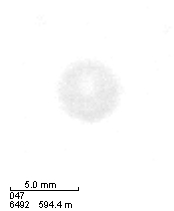
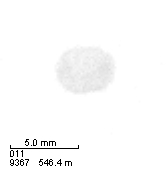
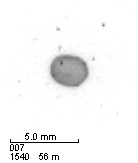


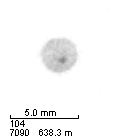
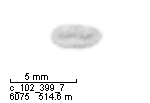

Characteristics: Collodaria globule
Shape: Very big and round to oval
Spines: None
Nucleus: Evenly grey, very big
Cell interior: Often only visible as halo
Cell margin: Hardly or not visible
Don't confuse with: Collodaria black
Collodaria belong to the radiolaria. They are the only Rhizaria which can occur without a skeleton or as colonies. Collodaria colonies can reach lengths of up to several metres! Collodaria feed on other zooplankton, but also have up to several hundred symbiotic algae, and are therefore mainly found in the well-lit upper 100 m of the ocean. The primary productivity of the symbiotic algae enables them to live in the oligotrophic tropical and subtropical oceans. Here they can play an important part in oceanic primary production. Because most collodaria do not have any skeleton, they are hardly found in any fossil records and quantitative research is difficult.